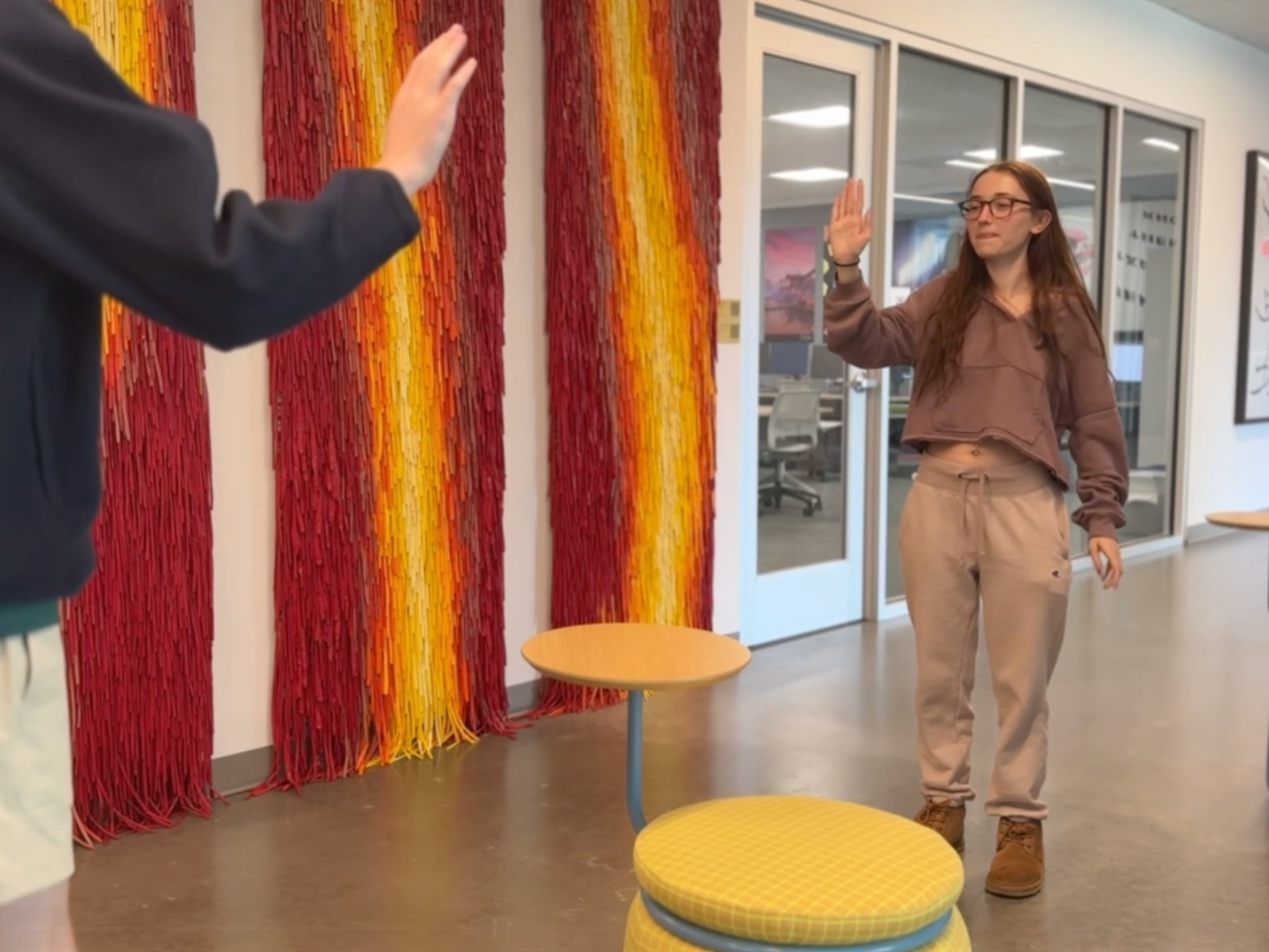Role
Design Thinking and Innovation Consultant and Learning Experience Designer:
SummaryCreated in collaboration with Anjie Raber, PhD, RN CNE, Director of Undergraduate Nursing, and Kelly Fox, DNP, MN, RN, Director of Graduate Nursing at the School of Nursing at the University of Portland. This design thinking workshop was provided to all incoming first-year nursing students between 2021–2023 (approximately 600 students).
The workshop aimed to introduce the concept of telehealth through design thinking. I provided Design Thinking workshops to the Faculty, designed a primer document to support faculty facilitation, and designed a self-driving PowerPoint and accompanying student workbook.
This research was published and presented at the Western Institute of Nursing in 2022.
*Tangible outcomes/output were not recorded and remain the property of UP.
Background
• Telehealth re-merged as an integral part of healthcare during COVID-19.
• An effective care delivery model in the United States since the 1950’s, telehealth has proven to be a viable platform that can decrease costs, increase access to care and improve consumer satisfaction (Fox & McCorkle, 2019).
• Nursing schools need to assure that undergrad BSN students are proficient in telehealth skills assessment, communication, education, and data management on a digital platform as well as HIPAA, and legal and ethical issues (Ali, Carlton, & Ali, 2015).
• However, adding content to an established curriculum can be challenging for nursing education because of lack of faculty training, expertise, and the challenge of implementing telehealth education across an overpacked curriculum. (Ali, Carlton, & Ali, 2015).
• Telehealth education is inadequate is for preparing nurses for the telehealth environment (Ali, Carlton, & Ali, 2015).
Purpose
This research had three aims to support the integration of telehealth into a BSN Curriculum:
• Implement an innovative pedagogical approach and design thinking to introduce students to telehealth, which includes resources, modules, and in-class activities.
• Improve telehealth knowledge and confidence skills for faculty and students.
• Expose faculty and students to an innovative model to engage critical thinking and clinical judgment skills.
Results
The survey results demonstrated increased knowledge of telehealth and design thinking among faculty (n=9) and students (n=138) and identified increased confidence in both areas.
• Faculty reported the activity was “innovative” and helped them to “think in a new way” and a new way for students to “use their creativity.”
• Students reported the activity helped them “think about their nursing practice differently” and better “understand the patient’s point of view.”
• Overall, students grasped telehealth and a new way to “solve problems.” Finally, they “appreciated the team approach” and experiential learning challenge.
• Faculty and students mutually reported a desire to see this activity continue.
Implications
Although there are barriers to implementing telehealth into a packed nursing curriculum, they can be mitigated by:
• Establishing regional and local telehealth partners and interdisciplinary and academic partnerships.
• Utilizing a creative problem-solving framework to empower future nurses to shape emerging technologies that impact their future practices critically.









